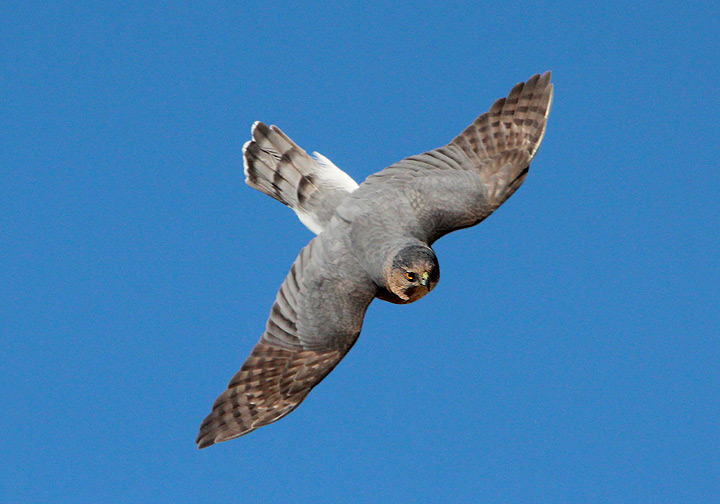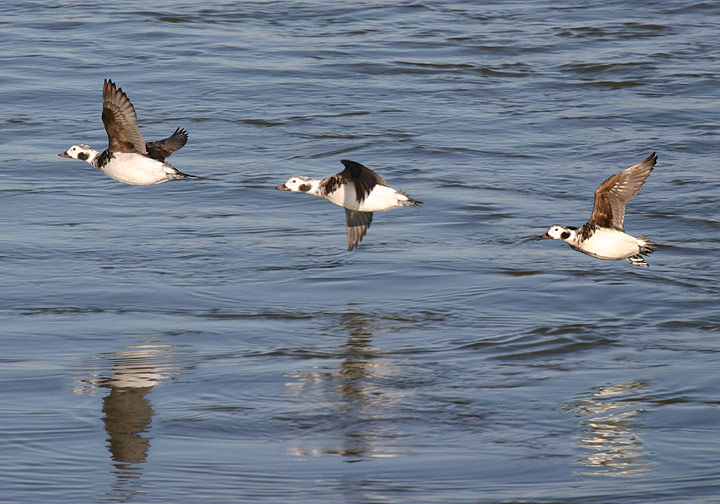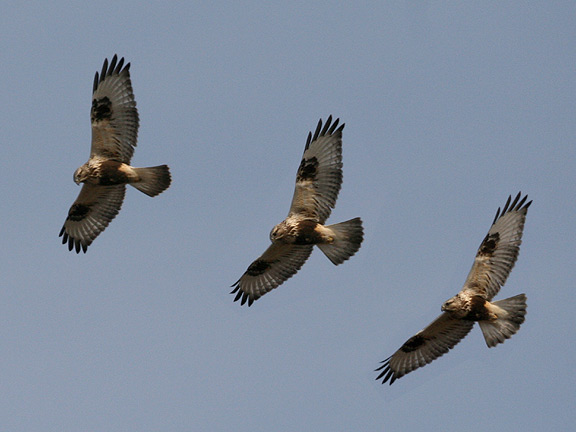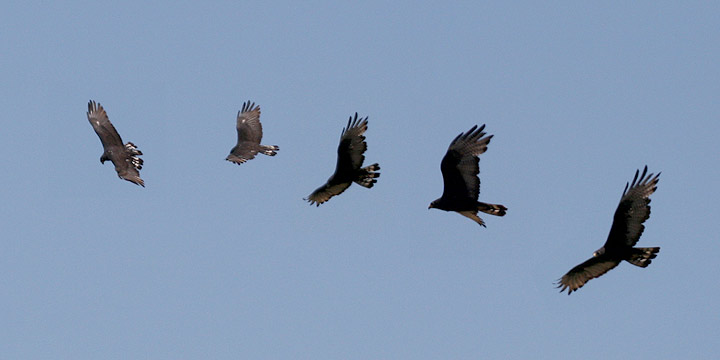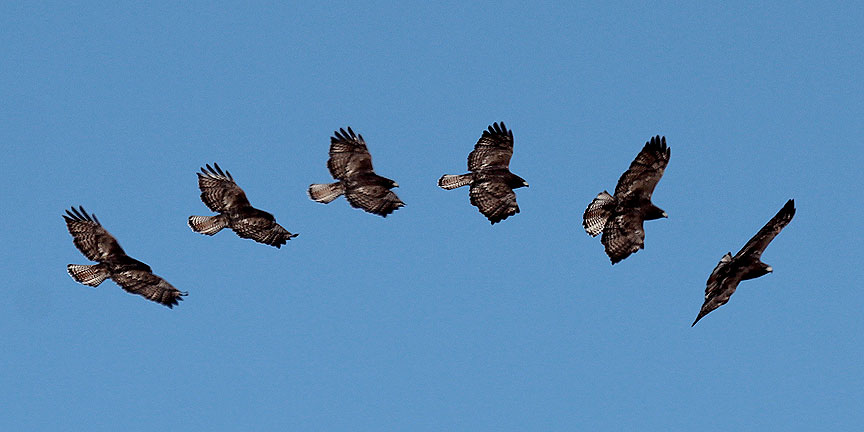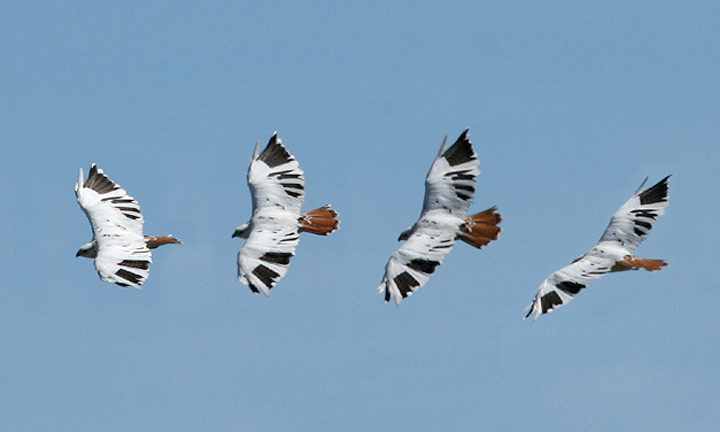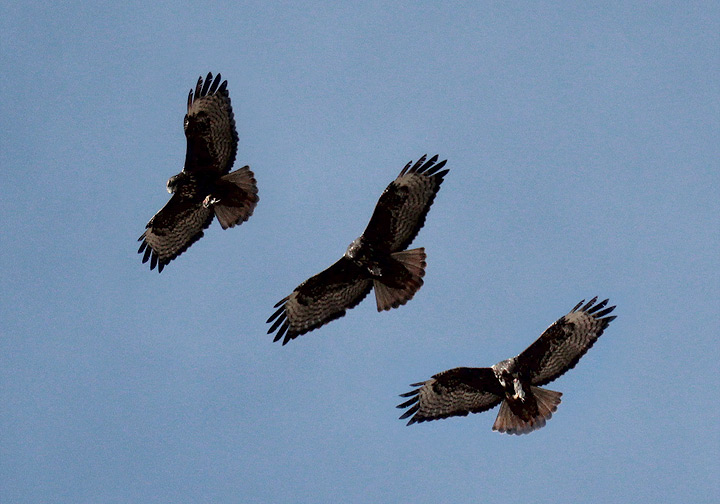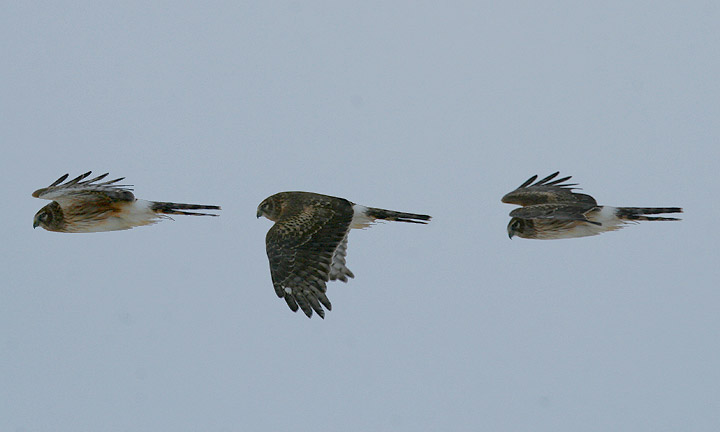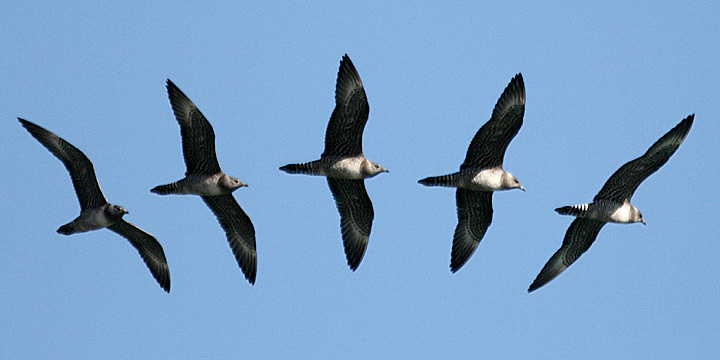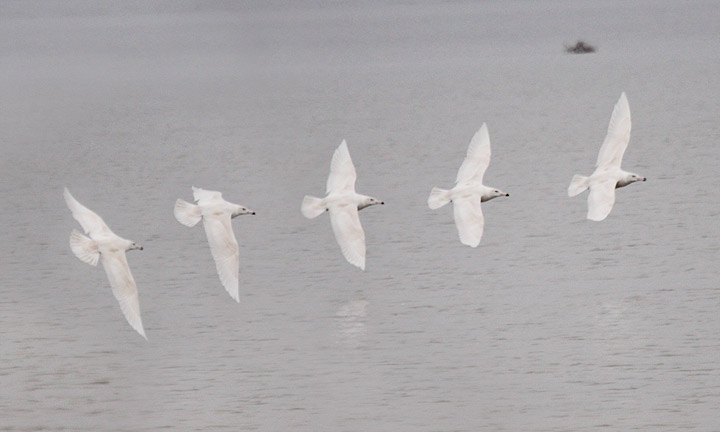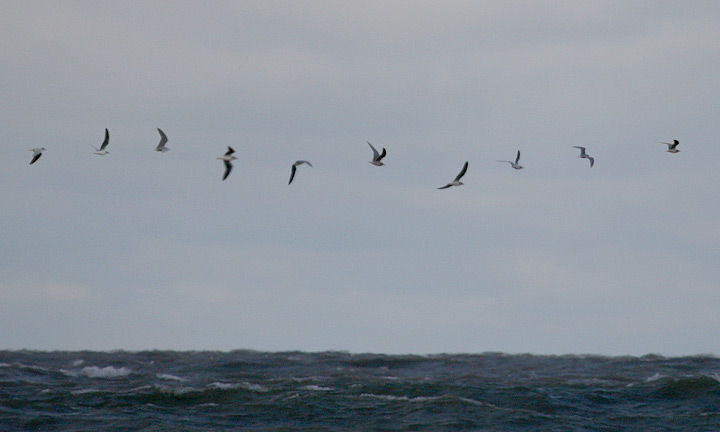There were a number of great field trips that the festival was running through the weekend. Two to Lytle Ranch and one to Zion's National Park. All of these trips required pre-registration, and they were filled before I got the chance to sign up. I had never been to Zion's before so I decided that would be my trip for Saturday. After all, California Condor, Bushtits, and Northern Pygmy Owls had all been reported recently at the Angel's Landing trail. This, I had to check out. I had come to St. George to do some employee training, so I took my employee since she knew the area, and we headed over to Zion.
We got on the road late morning, and the rain was pouring down. Not very great weather for birding, but I still had hopes that it would clear somehow. As we headed in to Zion, we stopped off at a couple stores that carry my company's products. In Springdale at the Sol Foods there were a few DARK-EYED JUNCOS enjoying the sagebrush and a SAY'S PHOEBE actively flycatching.
The sky was gray, the puddles and mud growing, but we moved along, ever optimistic. In the park we stopped at the area called The Grotto. Here was the trailhead for the Angel's Landing. We weren't planning on taking the 4 hour steep trek, but I still wanted to check it out. The beginning of the trail was quiet. A few sopping wet Mule Deer were hiding in the grass, and a couple MALLARDS and one COMMON MERGANSER were hanging out on the river. But fortunately the rain let up to a light sprinkle, enough to let us hike a bit.
This was a lifer for me, so I couldn't help but do a celebration dance.
As I was standing there looking at the pond, I had a little visitor. He left the pond and waddled all the way up the hill to see if I had any food for him. For his efforts, I fed him some of my favorite Thai coconut curry popcorn, right from my hand. He was the sweetest guy ever, a DOMESTIC MUSCOVY DUCK.
The clouds were starting to roll in again, but we wanted to check out the road to Oak Grove Campground. My employee and her husband used to run ATV tours in the area and they had some sights they wanted to show me. So, we headed up the freeway to Leeds, through town, across the freeway, in to Silver Reef, and then up the hill towards Oak Grove. A mile or two up the road we stopped at a historic marker for the Leeds Creek Kiln. A small path leads down to the creek and over a bridge, down to the historic kiln, built in 1885. There were no birds noticeably present, but we enjoyed the unique structure. This will be an excellent spot to revisit in the spring. (Last year I got some great species up Oak Grove including Hairy Woodpecker, House Wren, and all kinds of warblers that I couldn't ID by song.)

Momentarily it started to hail, followed by heavy rain. Rushing back to the car, water was already pooling, creating a slippery mud road. Four-wheel drive, first gear, and A-Track let us get back to the pavement with no problems, and we headed back to town. Two lifers, getting to feed a special duck, and lots of spectacular scenery made for a great weekend.
Labels: audubon, fieldtrip, listing, St. George, trip reports, washington county


.JPG)















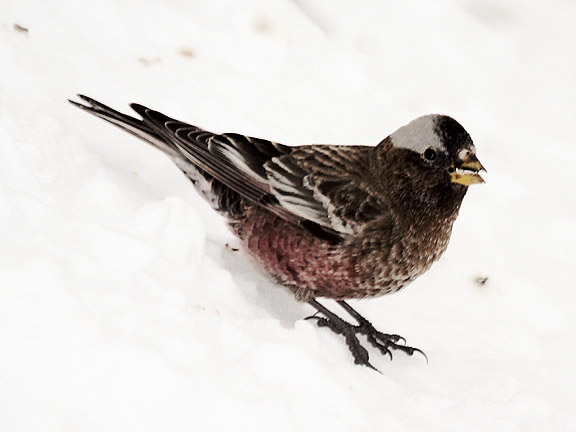
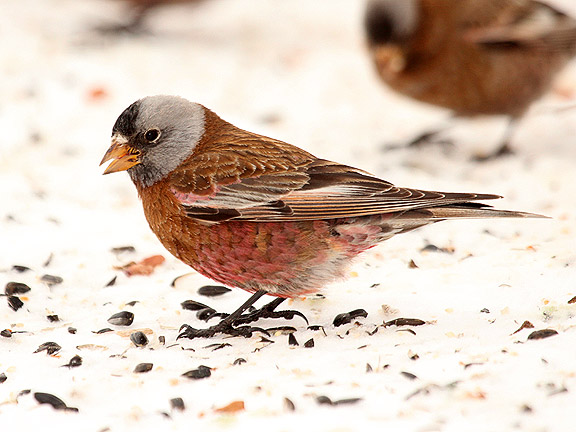
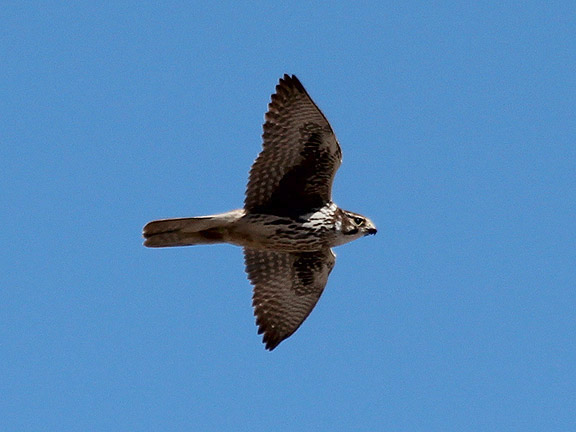
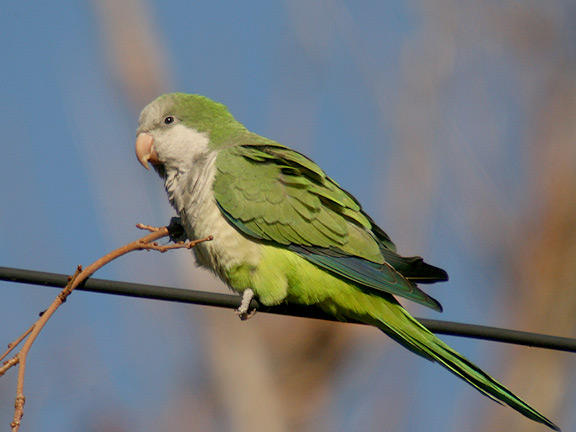
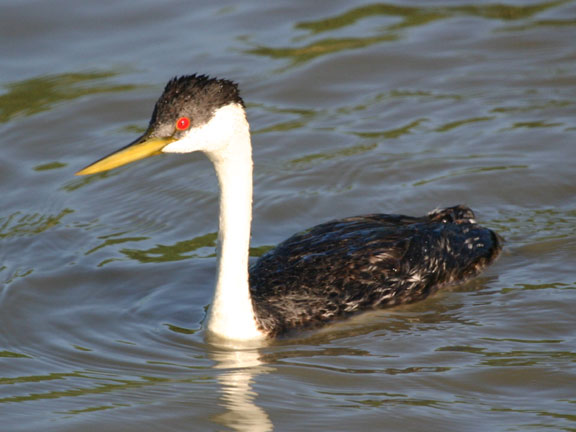
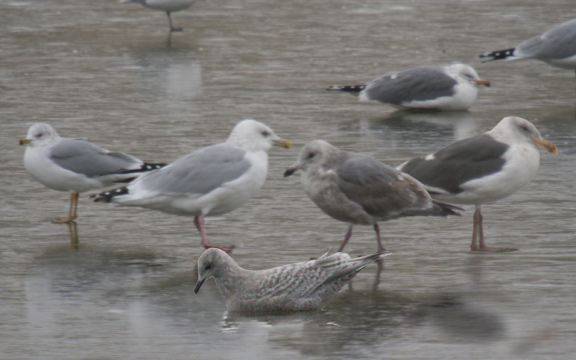
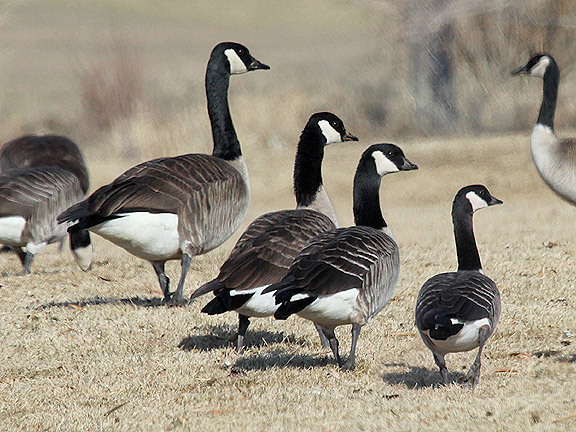

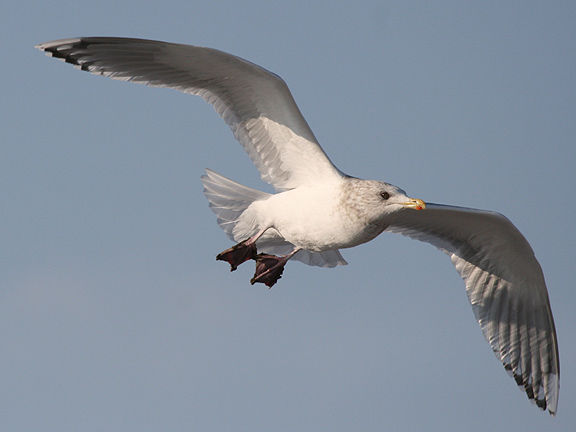
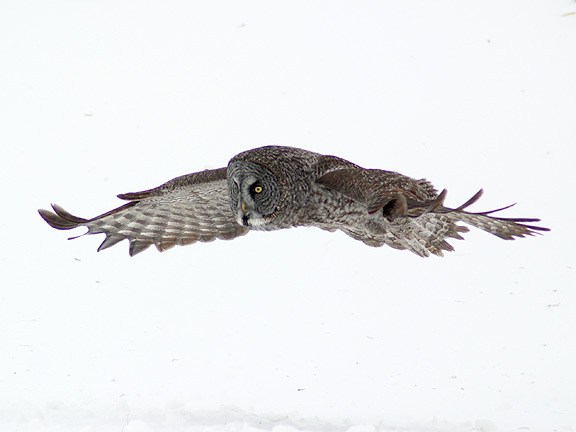
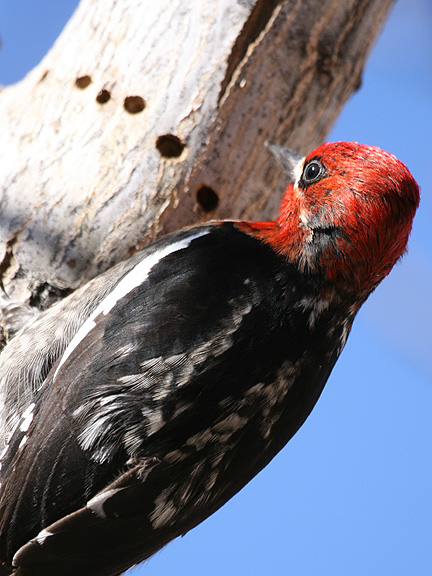
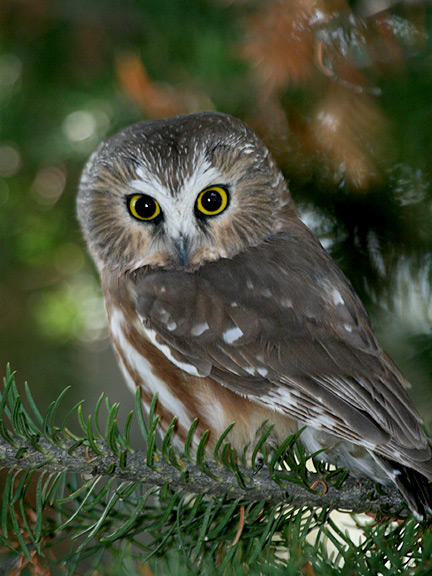

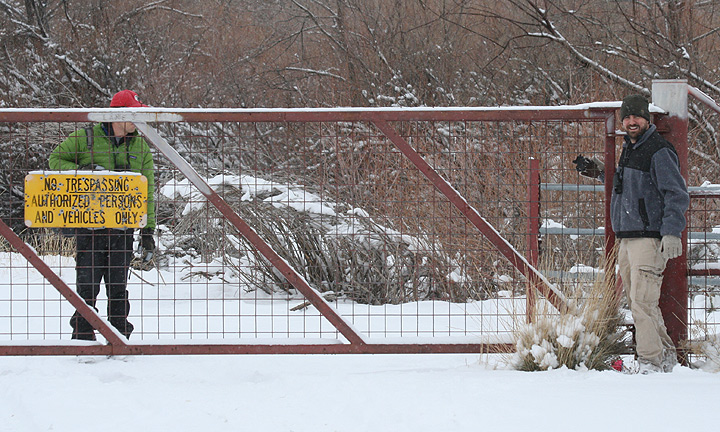
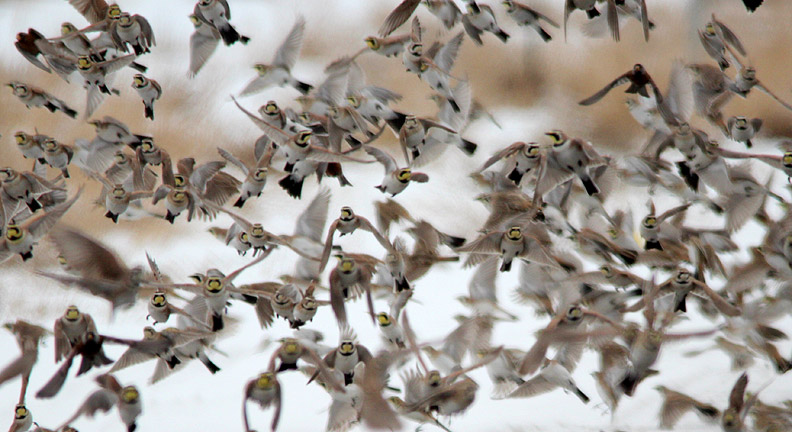
.jpg)
